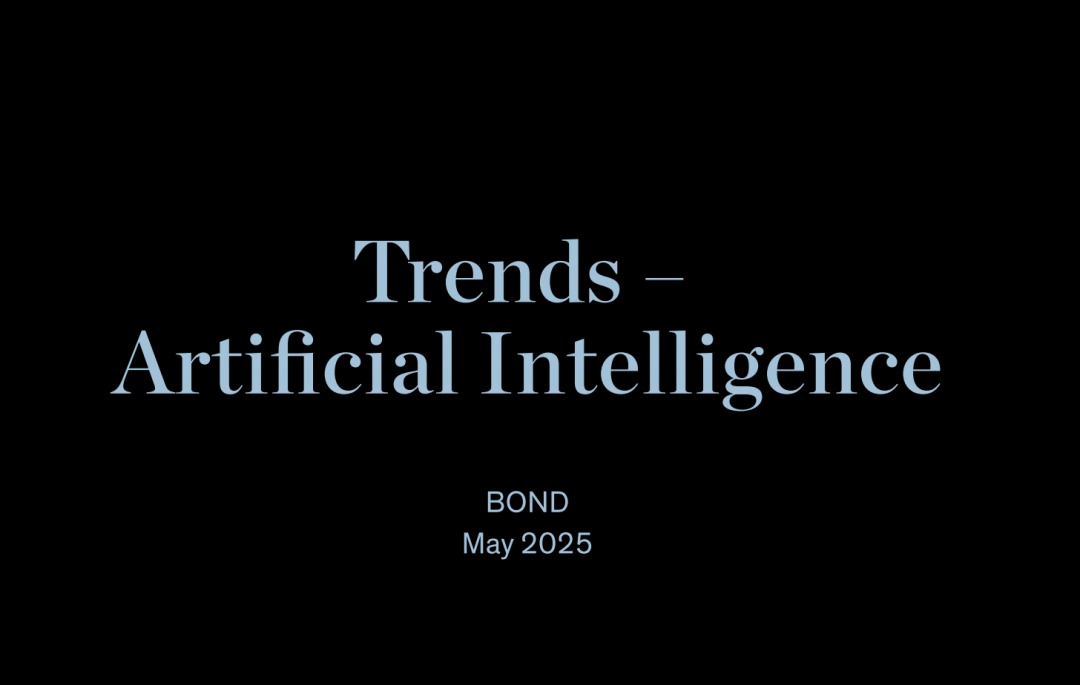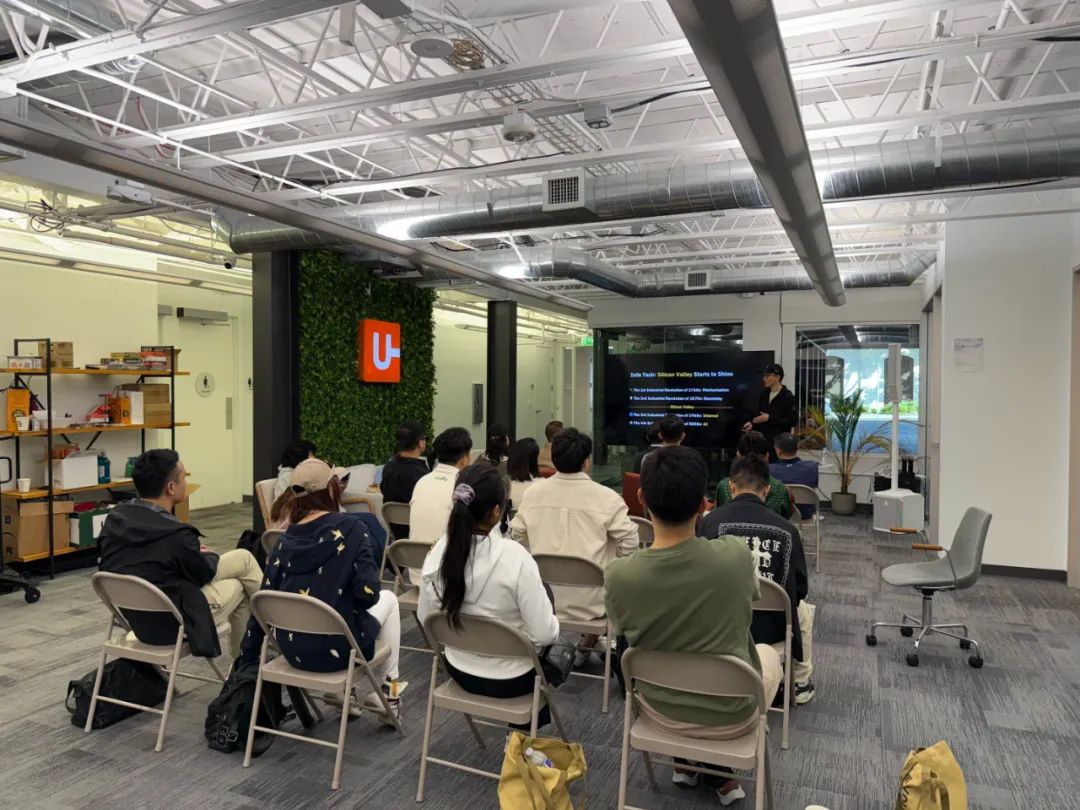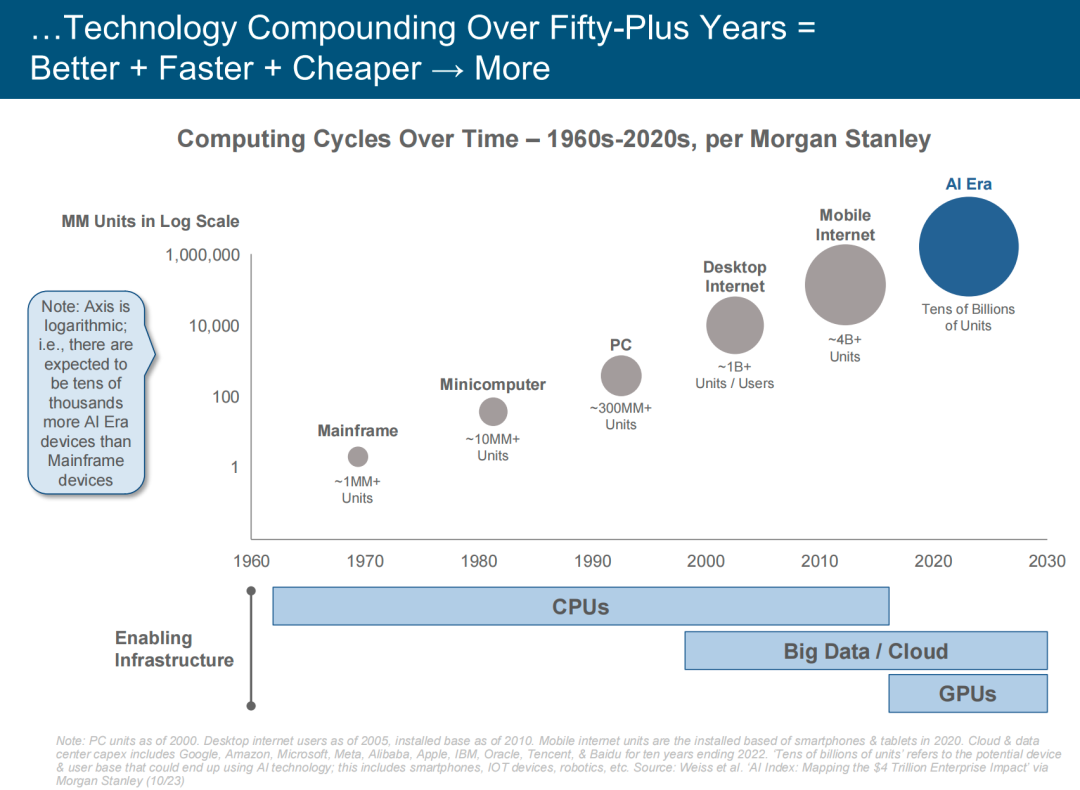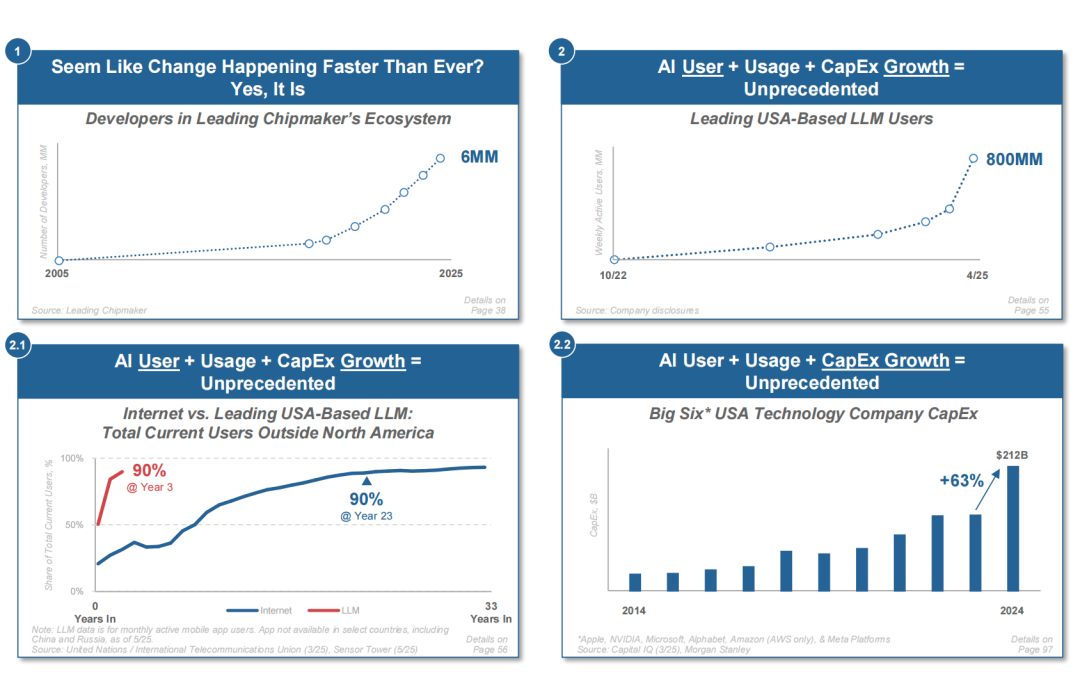AI Growth Surpasses Google by 5.5x! ChatGPT's Two-Year Rise Challenges Search Giants – Internet Queen's Report Unveils Silicon Valley Dynamics
![]() 06/12 2025
06/12 2025
![]() 510
510
When the comprehensive 340-page AI Trend Report hit the stands, the spotlight in Silicon Valley remained illuminated throughout the night.
Mary Meeker, renowned as the "Queen of the Internet," has once again taken to her pen after a six-year hiatus to present a vivid portrayal of the global AI landscape. This report serves not only as a beacon for technological waves but also as a guiding star for global technology investments.
Since the inception of the Internet Trend Report in 1995, Meeker has cemented her legendary status with precise predictions of pivotal turning points, including Google's ascent and the mobile internet explosion. Her reports were once revered as the "Bible of Entrepreneurship" by startups and the "Stock Selection Guide" by venture capital firms – missing them could mean missing an entire era.
In her final report before ceasing updates in 2019, she astutely identified two major trends: the explosion of short videos and the escalating privacy crisis. History has since validated her foresight – China's daily short video usage duration skyrocketed from less than 100 million hours to 600 million hours, completely reshaping the content ecosystem. Additionally, global anxiety over data privacy has materialized in events such as Meta's fines and GDPR upgrades. This "swan song" solidified her insights with a golden seal, making her 2025 return even more noteworthy. 
This report employs the term "unprecedented" 51 times, underscoring the triple disruptions of the AI revolution:
Speed shattering records: ChatGPT amassed 800 million users in just 17 months, growing at a pace 5.5 times faster than Google, setting a new benchmark for the popularization of human technology.
Costs plummeting: AI inference costs have plummeted by 99.7% in two years, while training costs have soared by 2400 times, creating a "scissors gap" that is reshaping the industry.
Geopolitical power shift: Indian users are bolstering the valuation of OpenAI, while Chinese open-source models (like DeepSeek, with costs only 0.2% of GPT-4.5) are gobbling up market share, marking the commencement of an AI "space race" between China and the US.
The report also sounds a cautionary note: the burn rate model of giants like OpenAI, with $12 billion in revenue but $95 billion in funding, is unsustainable, and Silicon Valley VCs must beware of a potential bubble burst.
As a pivotal node connecting the innovation ecosystem, Silicon Rabbit has cultivated a resource network spanning industry, academia, and research. Its expert pool comprises employees from renowned domestic and international AI unicorns, as well as professors from esteemed Silicon Valley institutions like Stanford.

Silicon Rabbit hosts exclusive communication sessions in Silicon Valley 
The Queen of the Internet has accurately foretold trillion-dollar futures on three occasions.
In Silicon Valley, Meeker is a legendary figure whose authority stems from the consistent validation of her disruptive insights.
When she led Kleiner Perkins' investments in Facebook and Spotify in 2010, the prophecy of the "mobile internet explosion" in her report materialized in 2014. Her assertions on cloud computing and data value, made before halting updates in 2019, have now permeated every enterprise.
This historical credibility led to the immediate analysis of the 2025 report by OpenAI and Google executive teams, prompting urgent adjustments to asset allocations by investors – because everyone recognizes that the trends described by the Queen could become tomorrow's business norms.
In this report, she reveals that AI has transcended its role as a technological appendage to become an independent engine driving civilization. 
She notes that ChatGPT amassed 800 million users in just 17 months, with search volume growth 5.5 times that of Google, redefining the efficiency of technology popularization.
Concurrently, AI inference costs have plummeted by 99.7% in two years, NVIDIA's new GPU energy consumption has dropped by 100,000 times, and lightweight models are disrupting giant monopolies with "low-cost strategies";
Furthermore, the geopolitical power dynamics of AI are undergoing a reshuffle. China's open-source forces are surging ahead – DeepSeek's inference costs are only 0.2% of GPT-4.5, yet its performance rivals top-tier models. Meanwhile, Indian users have emerged as the backbone of OpenAI's valuation, underscoring the strategic leverage of emerging markets.

The AI bubble is on the brink of bursting, with AI user growth reaching an all-time high.
As a top analyst with decades of experience, Meeker scrutinizes changes in the global internet ecosystem through detailed data in her report, providing profound insights into future trends.
Highlight 1: AI user growth has peaked.
Meeker highlights that the growth rate of AI users has surpassed that of any technology in history. ChatGPT surpassed 100 million users within two months of its launch and reached 800 million weekly active users within 17 months, with annual search volume exceeding 365 billion, far outpacing Google's journey to the same scale in 2009.
Highlight 2: AI investments by the six major US tech companies have soared.
In 2024, the capital expenditures of the six major US tech companies (Apple, NVIDIA, Microsoft, Google, Amazon, and Meta) increased by 63% year-on-year to $212 billion, primarily allocated to building AI data centers and developing specialized chips. NVIDIA's GPU performance has improved by 225 times in eight years, significantly reducing AI model operating costs. 
Highlight 3: The AI profit model remains elusive.
Despite the surge in AI users, the profit model is still being explored. Taking OpenAI as an example, its revenue in 2024 was approximately $3.7 billion, but its expenses on computing resources were even higher. Meeker warns that AI startups require substantial capital support and patient investors to navigate the fiercely competitive market.
Highlight 4: China has made strides in AI.
Meeker observes that Chinese AI models such as DeepSeek-R1, Alibaba's Qwen-32B, and Baidu's Ernie 4.5 are on par with or surpass Western leading models in performance. The Chinese government strongly supports AI infrastructure development and promotes the "sovereign AI" strategy, aiming to reduce dependence on US technology.
Highlight 5: AI is rapidly integrating into various industries, transforming work processes.
The report reveals that since 2018, job postings related to AI have increased by 448%. Meeker emphasizes that AI will become a "collaborative partner" for employees rather than a replacement. She also underscores that the US's AI leadership hinges on attracting global talent, advocating for relaxed immigration policies to maintain technological supremacy. At this juncture, Silicon Valley stands as both the birthplace of the AI revolution and the arena for shaping human technology's future. 
Where will AI head in the next three years?
As the 340-page AI Trend Report opens the door to a new world, Silicon Valley stands at the epicenter of the technological revolution. It is not only the birthplace of AI technology but also the hub of global innovation. In the next three years, these three transformative changes will reshape the Silicon Valley landscape:
Prediction 1: In the next three years, the global AI ecosystem may evolve into a bipolar landscape dominated by China and the US, with regional sovereignty islands further fragmenting technical standards and data compliance systems.
The report mentions that China's LLMs (large language models) are poised for growth, with the desktop user share of Chinese LLMs surging from 10% in February 2024 to 15% in April 2025, while the share of the top two US LLMs declines from 75% to 60%. The rivalry between open-source models and closed systems will intensify.
Prediction 2: In the next three years, AI will transition from "technological exploration" to "industrial deployment," with the penetration rate of enterprise-level Copilot and agentic interfaces exceeding 50%. Cost reductions will accelerate AI transformations in traditional sectors such as manufacturing and healthcare.
The report notes that the demand for AI-related IT jobs in the US has surged by 448% since 2018, while non-AI jobs have declined by 9%. The decline rate of AI inference costs (per token) far exceeds that of historical technologies (like electricity and memory), approaching zero cost within 72 years, with model performance continually converging.
Prediction 3: In the next three years, AI will break through virtual boundaries, achieving leapfrog development in "low-digitization areas" (like AI-based mobile healthcare in Africa) and restructuring physical systems such as transportation and energy networks.
The report highlights that the market share of autonomous taxis in San Francisco, USA, surged from 0% in May 2023 to 27% in April 2025, outpacing the growth of ride-sharing services. The growth rate of AI users in Sub-Saharan Africa and South Asia leads the world, as AI-native applications are seamlessly integrated into infrastructure.







